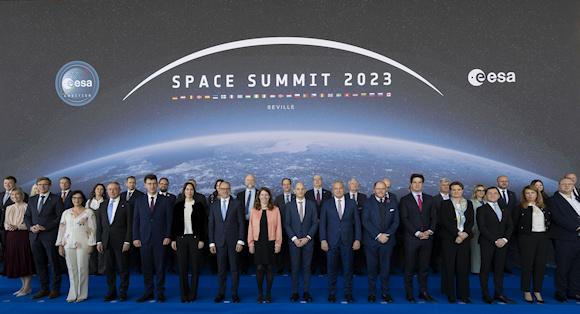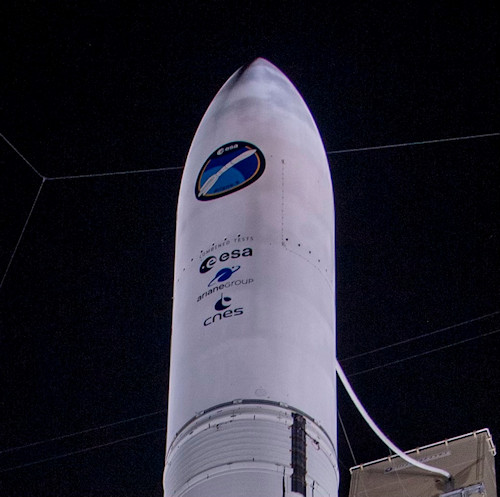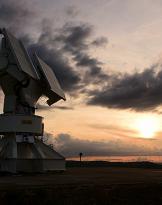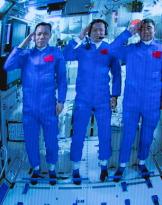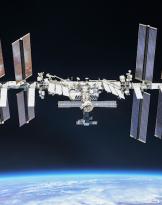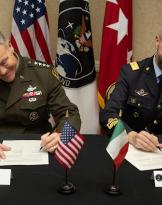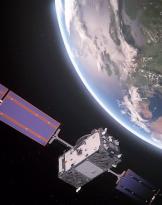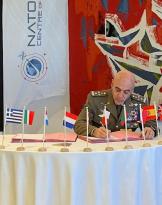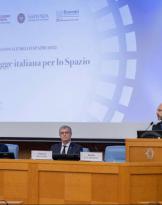At the ESA (European Space Agency) space summit in Seville, Italy, France and Germany signed an agreement to overcome the launcher crisis and guarantee Europe renewed access to orbit. This is an important result which was accompanied by significant doubts on the eve of the meeting about the real will of the Berlin government - the most skeptical of the three main financiers of European space programs - to continue along the path of "orbital sovereignty".
However, it is useless to deny that, given the insistence with which the European Commission is underlining the need to continue along the path of complete strategic autonomy of the EU on launchers and rockets, the objective is far from being achieved, even in consideration of the crisis in which the development program now finds itself Ariane6 launcher.
The delay of Ariane6, whose test launch was postponed by ESA to the end of 2024, forced the European Space Authority to enter into a $180 million deal with SpaceX, Elon Musk's aerospace company, in other words with a private player .
Space exploration is no longer a matter of exclusive competence of States but is within the reach of private capital. The opening of new markets in low Earth orbit (between 500 and 1000 kilometers above the Earth's surface) is the declared objective within the reach of technological industry giants such as SpaceX. There New Space Economy global invoice 300 billion per year and it is estimated that this figure is destined to increase between 5 and 10 times within the next thirty years. Clearly the relaunch and new development strategies of an economic sector that seemed to be in crisis after the "step backwards" taken by Washington in space exploration also involve innovation and cost reduction connected to the new "space race" theorized by Elon Musk.
The European Commissioner for the Internal Market, Thierry Breton, explained that next year the EU aims to launch four Galileo geonavigation satellites and that it is not possible to wait any longer Ariane6 without suffering the repercussions of the lack of access to space for the old continent. This is why Breton accepted the proposal made to him by ESA to "outsource" the launch of European satellites to SpaceX.
SpaceX's involvement does not fall like a bolt from the blue as the idea of using its platforms to launch Galileo satellites had already emerged in April, when the EU Commission had issued a document to the member countries, which highlighted how, following the withdrawal of Ariane5 and delays Ariane6, only the heavy thrower F of SpaceX and the system Vulcan of the United Launch Alliance could send the new European satellites, which weigh about 700 kilograms each, into orbit.
This is because the platforms Soyuz Russian machines are no longer usable due to the tug of war between Moscow and Western capitals following the outbreak of the war in Ukraine. Space policy has also been involved in the ongoing conflict and, just as in the energy case, European countries have been forced to accelerate their diversification and strategic autonomy programs.
The problem is that at a time when it would have been necessary to proceed with a certain speed, also given the rapidly deteriorating situation and the archiving of the old cooperative phase of international space exploration, some European countries - with Germany as the leader - expressed their own doubts about the usefulness of financing and supporting ambitious projects of continental strategic autonomy.
Logically, if the European carrier is clearly behind schedule, with ArianeGroup, a subsidiary of Airbus and Safran, under accusation, and the Russian route no longer viable, all that remains is to rely on the South African-American tycoon. There is, however, an obstacle to overcome on the issue which has nothing to do with the economy, but which falls within the purely political-strategic sphere of space. Before launching satellites Galileo, the EU would like to obtain a guarantee from the United States that it will be able to allow European engineers 24-hour access to the satellites and the right to recover the technology if the rocket breaks down and falls into the sea.
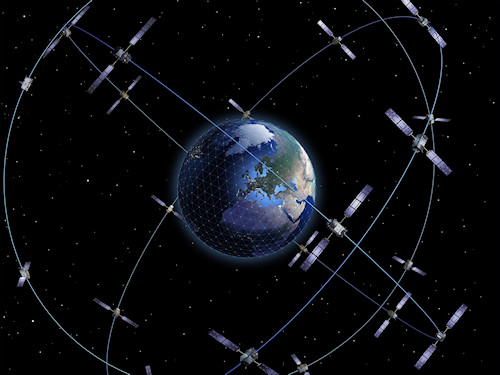 The satellites Galileo they are part of the program Global Navigation Satellite System European geonavigation and positioning system for civilian use, rival of the US GPS, created for military purposes and controlled directly by the Department of Defense in Washington. Although intended for exclusively civilian use, GNSS can boast superior technologies and precision to those of GPS.
The satellites Galileo they are part of the program Global Navigation Satellite System European geonavigation and positioning system for civilian use, rival of the US GPS, created for military purposes and controlled directly by the Department of Defense in Washington. Although intended for exclusively civilian use, GNSS can boast superior technologies and precision to those of GPS.
The criticality of this passage also explains the desire that emerged in Seville to provide a additional financial coverage of part of the extra production costs (deriving largely from the super-inflationary push that has emerged in the last 2 years in the Euro area) for Ariane6 up to 340 million euros per year and for the European light-lift launcher Vega C. (developed by the Italian Avio) up to 21 million euros per year. Furthermore, according to ESA, the minimum number of European institutional launches, both for Ariane6 (4 flights per year) which for Vega C. (3 flights per year) must be increased compared to what was already envisaged in previous years, thanks also to the growth in size of the various European satellite programs.
The Director General of ESA, Josef Ashbacher, explained that the launcher crisis must be addressed not only with short-term solutions, such as bringing both Ariane6 is Vega C., but also by building a strategic path that looks to 2030 as the maximum horizon and which aims to guarantee European states direct access to low Earth orbits.
The first step for the development of an autonomous European space path inevitably passes through the resolution, as rapid as possible, of the launcher crisis, which makes the old continent subject to the pushes and counter-thrusts not only of a highly competitive market, but which generate a disadvantage, then difficult to overcome, in what is to all intents and purposes, one geostrategic dimension of competition and conflict in the near future.
Photo: ESA

